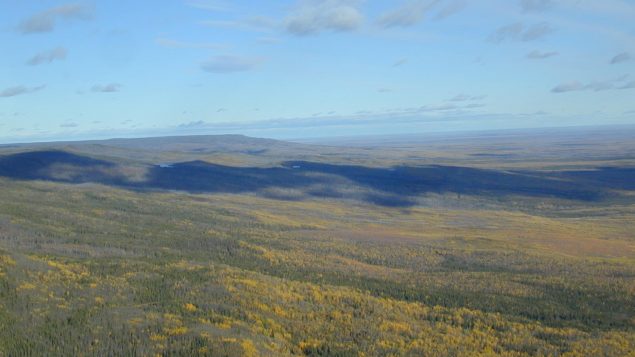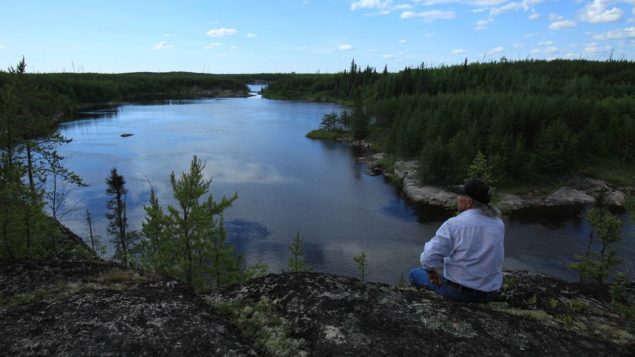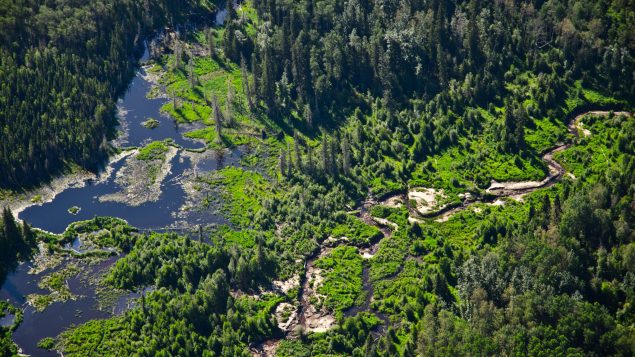Thirty prominent Canadian and U.S. experts in conservation biology and biodiversity have written to Minister of Environment and Climate Change Catherine McKenna, calling on the Liberal government to do more to meet its commitments to protect 17 per cent of the country’s land and inland waters from development.
The Trudeau government has pledged to achieve Canada’s commitment under the 2010 United Nations Convention on Biological Diversity by 2020.
However, according to the Canadian Parks and Wilderness Society, Canada currently ranks last among G7 countries, with only about 12 per cent of our land and freshwater protected.
Canada also lags behind other large countries, such as Brazil, which has set aside 29.5 per cent of its landmass for protection, China (17.1 per cent), and Australia (17 per cent), according to a 2017 report by CPWS, a nature conservation charity.
- CPAWS says time is short to avoid Canadian ‘nature emergency’
- Canadians strongly support nature conservation: poll
Biodiversity losses worldwide and in Canada are mounting, the letter warns.
“Now, as we approach the year 2020 and the deadline for achieving the Convention on Biodiversity goal of protecting at least 17 per cent of Canada’s lands, it is vital that the implementation of a world leading conservation vision be carried out with unwavering commitment to achieving truly ground breaking results,” the letter says.
“In particular, it will be crucial for Canada to demonstrate a clear path to 17 per cent — and beyond – through the Nature Fund and other measures.”
Focus on Indigenous Protected Areas

The Edéhzhíe Indigenous Protected Area/National Wildlife Area will conserve 14,249 square kilometres of boreal forest and will be jointly managed by Dehcho First Nations and the federal government. (Bill Carpenter/Dehcho First Nations)
The letter calls on the government to prioritize creation of large Indigenous Protected and Conserved Areas (IPCAs) across Canada.
- Study confirms Indigenous peoples lead way in taking care of land
- Ottawa and Dehcho First Nations create Canada’s newest Indigenous protected area
“IPCAs represent extraordinary opportunities to not only meet Canada’s international biodiversity commitments but also protect key carbon stores while at the same time contributing to renewed relationships with Indigenous Peoples,” the letter says.
“Placing these areas at the heart of Canada’s plan to meeting its current and future commitments is a key step forward for Canada and the global community.”
The letter also warns the government against “loose accounting” which would pad Canada’s total number by, for example, including in its total provincial regulations that provide development buffer zones along rivers and wetlands.
Protecting boreal regions

The Pimachiowin Aki boreal forest, which means “the land that gives life” in Anishinaabemowin (Ojibwe), comprises the traditional lands of four Anishinaabe communities – Poplar River, Bloodvein River, Pauingassi and Little Grand Rapids First Nations. (Pimachiowin Aki Corporation)
The scientists also call on the Liberal government to do more to protect Canada’s boreal forests.
These forests, which stretch from from Yukon and northern British Columbia to Newfoundland and Labrador, supports billions of migratory birds, including threatened species like the Whooping Crane and the Canada Warbler, as well as many species of large mammals, including both Woodland and Migratory Caribou, Grizzly Bear, Timber Wolf, and Wolverine.
The boreal region encompasses some of the world’s largest lakes, largest wetlands, and the longest undammed river systems left in North America.
Held within its peatlands and soils are over 200 billion tonnes of carbon, equivalent to decades of the world’s current greenhouse gas emissions. Ecosystem functions and services across the Boreal Forest region are also intact over most of its extent.
“Significant support of IPCAs and other strong conservation measures will be crucial to ensuring that these values are maintained into the future,” the letter says. “Such an outcome will be a sign of hope for all the people of Canada and of the world.”
McKenna’s spokesperson Bronwen Jervis said the government “welcomes the voices of scientists.”
“We are well on the way to doubling the amount of protected nature across Canada’s lands and oceans, through work with conservation organizations, private donors, Indigenous peoples, and others,” Jervis said in an emailed statement. “In Budget 2018, we made the single largest investment in nature conservation in Canada’s history, establishing the $1.3 billion Nature Legacy.”
Since 2015, Canada has added over 130,000 km2 to the network of protected areas across the country and the Liberal government is working hard to reach its nature conservation targets, Jervis added.
“More importantly, we’re putting in place the foundation that will allow significant conservation progress beyond 2020,“ Jevis said.







For reasons beyond our control, and for an undetermined period of time, our comment section is now closed. However, our social networks remain open to your contributions.